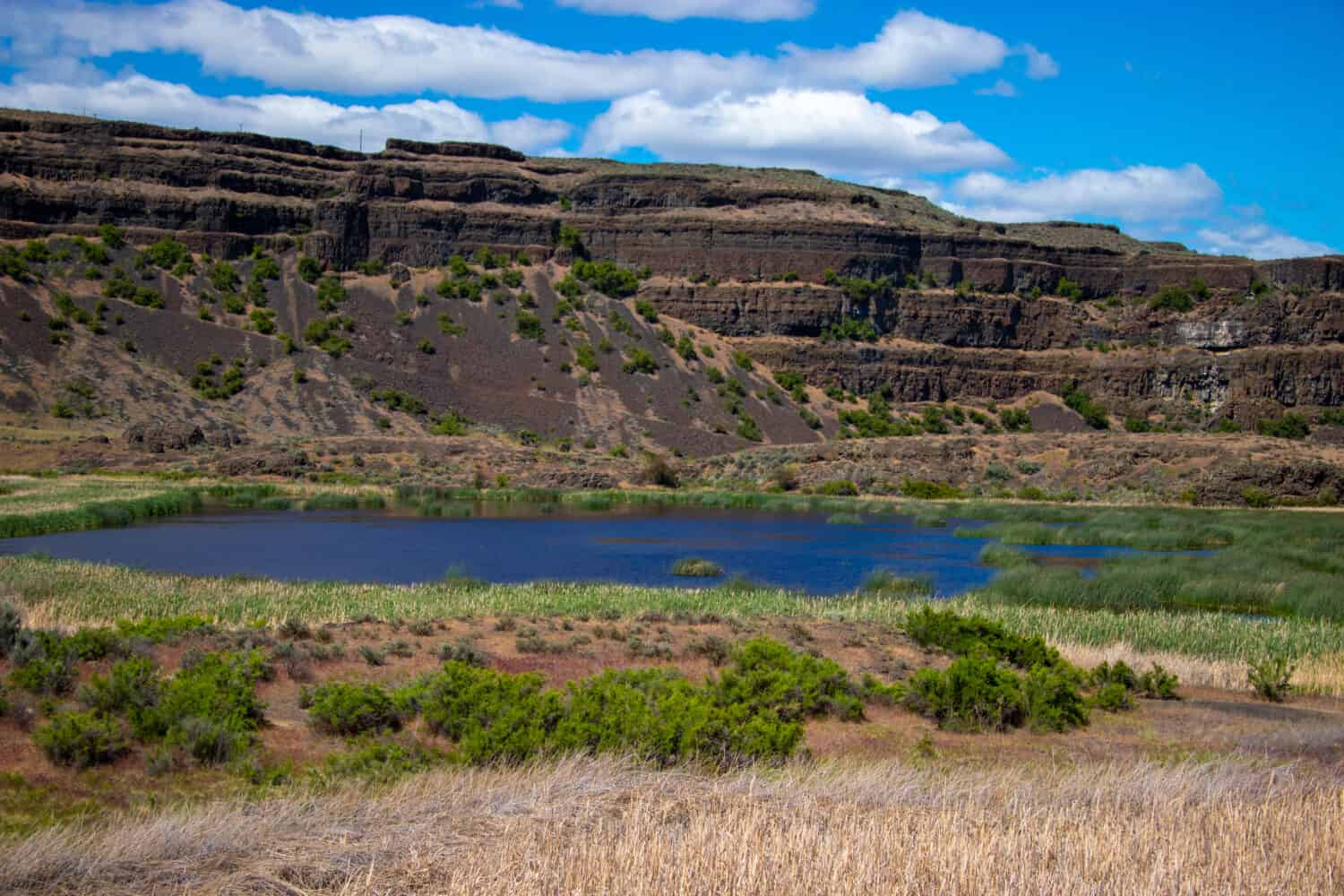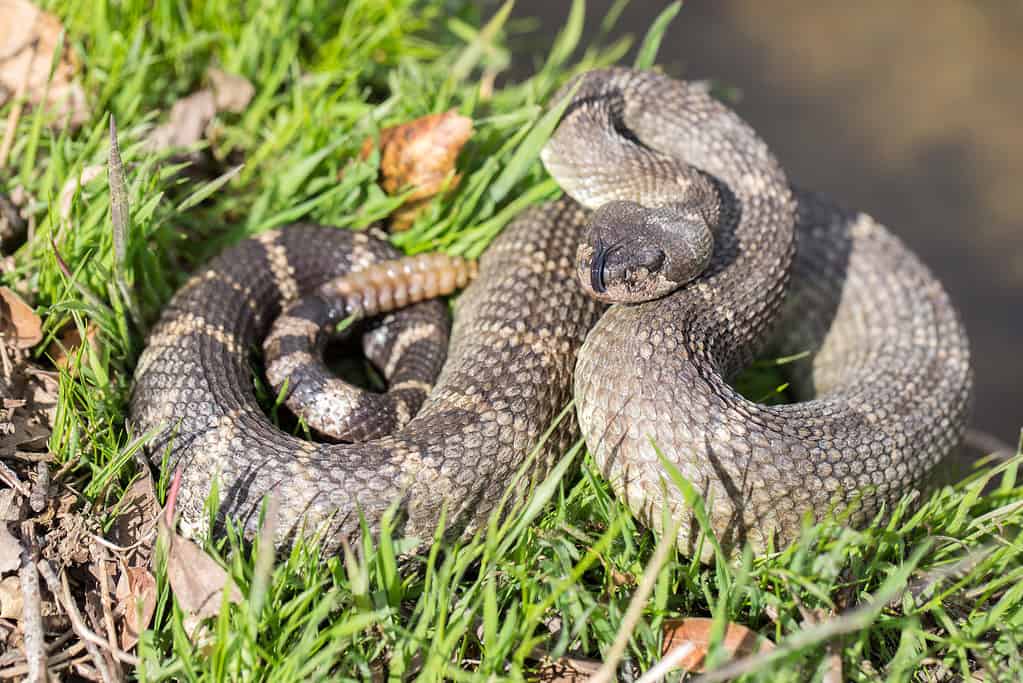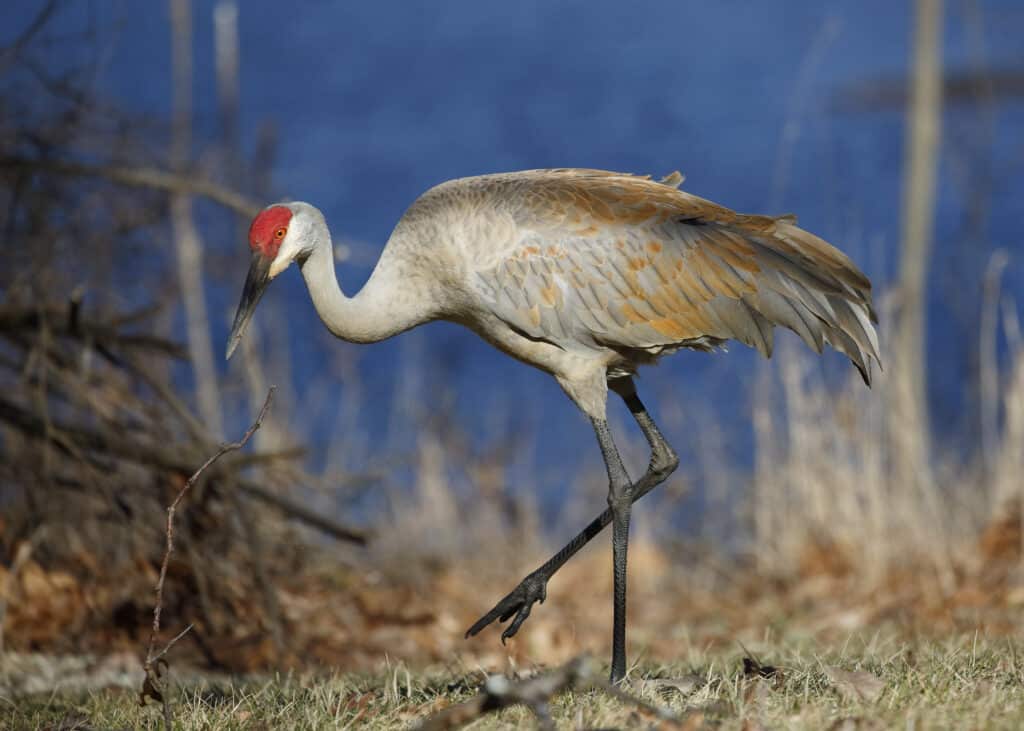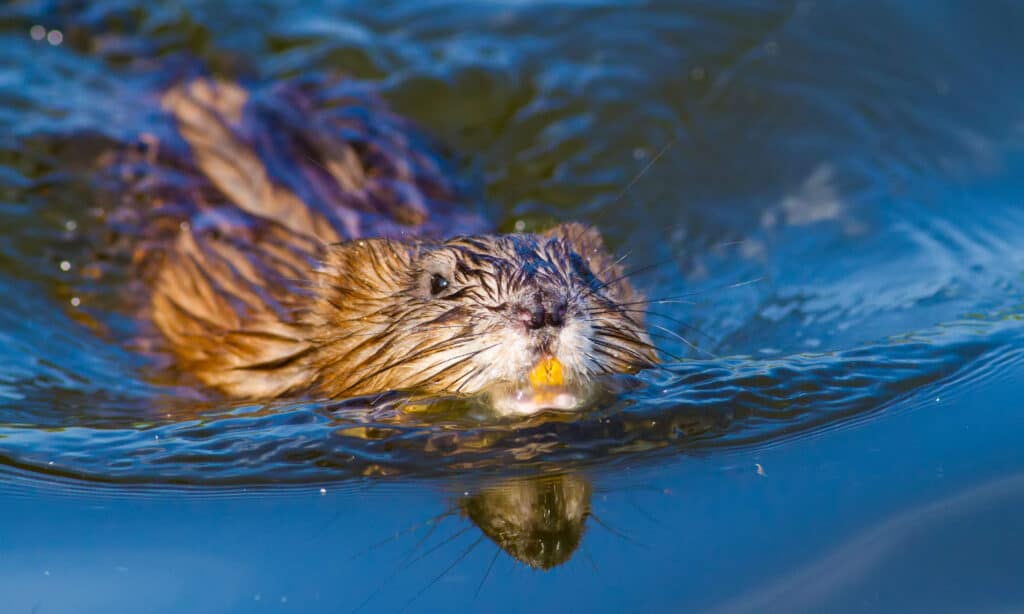Washington is a beautiful and geographically diverse state in the Pacific Northwest. While this state’s name often brings to mind lush, green rainforests, that image is only true of Western Washington. On the other side of the state, Eastern Washington features arid steppe and desert regions. Despite being much larger than Western Washington by area, Eastern Washington has a much smaller population. This vast, arid region is home to the state’s smallest town, which lies on a small creek between massive, rocky canyon walls. This article explores the smallest town in Washington, including its fascinating history and exciting nearby wildlife. Let’s discover a town so tiny that all its residents could fit in a city bus.
The Smallest Town in Washington

Grant County features unique geography such as Dry Falls, towering cliffs formed by glacial floods.
©Sebastian Brinkman/Shutterstock.com
Eastern Washington is home to the state’s smallest town, Krupp. While Krupp is the official name of the smallest town in Washington, it is more commonly known as Marlin. According to the United States Census Bureau, the total population of Krupp is 49.
Krupp is located in Grant County of Central Washington. The town is along Crab Creek, a 163-mile creek that empties into the Columbia River. Krupp is around 33 miles northeast of Moses Lake, the largest city in Grant County. Additionally, it is around 94 miles west of Spokane, the largest city east of the Cascade Mountains in Washington. Lincoln County lies to the immediate east of Krupp.
Krupp is in the Columbia Plateau, an area with unique and fascinating geography. This rocky region was formed millions of years ago by volcanic basalt floods, then carved by melting glaciers during the end of the most recent ice age, around 13,000-15,000 years ago.
Let’s explore Krupp’s fascinating history, including how it came to have two names.
The History of Krupp (Marlin)
The smallest town in Washington began as a small settlement of farmers in 1871 and was incorporated in 1911. Soon afterward, in 1918, the people of Krupp decided to change the town’s name to Marlin. Anti-German sentiment was common in the United States at the time due to World War I. The people of Krupp disliked the town’s name because it was German and also because it was the name of a large munitions company that produced Germany’s artillery during World War I. To distance the town from any potential association with Germany, the people of Krupp created a post office with the name Marlin. However, the name change was never made official, so Krupp remains the town’s official name.
According to the U.S. Census Bureau, today there are just 12 households in Krupp. There are no schools or stores in Krupp. However, having such a low human population makes Krupp and the surrounding area a great place to see wildlife. Let’s explore some interesting animals that live near Krupp.
Wildlife Near Krupp (Marlin)
Krupp is in the Columbia Plateau, where the mighty Columbia River snakes through vast scrublands and unique rock formations. The town is surrounded by wildlife areas such as the Columbia National Wildlife Refuge to the southwest and the Sun Lakes-Dry Falls State Park to the northwest. Let’s explore some of the amazing animals that live near the smallest town in Washington.
Western Rattlesnake (Crotalus oreganus)

Western rattlesnakes are the only venomous snake species in Washington.
©iStock.com/yhelfman
The western rattlesnake, sometimes called the northern Pacific rattlesnake, is a pit viper native to western North America. Western rattlesnakes are common near the smallest town in Washington. One is most likely to encounter a western rattlesnake in rocky areas and when the weather is warm. Western rattlesnakes eat a diverse diet including small mammals, birds, reptiles, and amphibians. Additionally, juveniles eat insects. While most snakes lay eggs, western rattlesnakes give birth to live young.
Sandhill Crane (Antigone canadensis)

Sandhill cranes are one of the oldest living species of birds, with fossils dating back 2.5 million years.
©Brian Lasenby/Shutterstock.com
The sandhill crane is a large migratory bird native to North America and northeast Siberia. Thousands of sandhill cranes visit the Columbia National Wildlife Refuge along their migration route from Canada to California. The best seasons to see the sandhill cranes near the smallest town in Washington are spring and fall. Around 35,000 sandhill cranes follow the Pacific Flyway migration route that passes through Eastern Washington. Sandhill cranes are highly social, typically living in pairs or family groups and often forming larger non-family groups during migration.
Muskrat (Ondatra zibethicus)

Muskrats are excellent swimmers and can hold their breath for long periods.
©Yuriy Balagula/Shutterstock.com
The muskrat is a semi-aquatic mammal in the Cricetidae family, which also includes hamsters and voles. Muskrats live in wetlands across the United States and Canada. They are also an introduced species in Europe and Asia. The wetlands around the Columbia River and many lakes of Eastern Washington are the perfect muskrat habitats. Their diet is mainly aquatic vegetation, but they occasionally eat small animals such as crustaceans, amphibians, and reptiles.
Where Is the Smallest Town in Washington Located on a Map?
The photo featured at the top of this post is © Sebastian Brinkman/Shutterstock.com
Thank you for reading! Have some feedback for us? Contact the AZ Animals editorial team.






